Harlem, New York — August 6, 2025
Health officials in New York City are responding to a concerning outbreak of Legionnaires’ disease in Central Harlem, where at least 70 confirmed cases and three fatalities have been reported since late July. The outbreak has prompted swift action from city health departments and renewed scrutiny of public building safety measures.
A Cluster of Concern
The affected area includes five ZIP codes in Central Harlem: 10027, 10030, 10035, 10037, and 10039. The majority of cases were reported in residential high-rises and densely populated areas, with most patients requiring hospitalization.
Legionnaires’ disease is a severe form of pneumonia caused by inhaling mist or vapor contaminated with Legionella bacteria. It does not spread from person to person, but thrives in warm, stagnant water typically found in large building systems such as cooling towers, air conditioning units, and water tanks.
Source of the Outbreak Identified
Following an environmental investigation, health authorities identified 11 cooling towers that tested positive for the Legionella bacteria. Immediate cleaning and disinfection were carried out, and further testing is ongoing to determine if any additional systems pose a risk.
Officials have emphasized that the city’s drinking water is safe, and the outbreak is not related to the municipal water supply used for drinking, cooking, or bathing.
Symptoms and Risk Factors
Legionnaires’ disease often begins with symptoms resembling the flu and can escalate quickly without treatment. Common symptoms include:
- High fever
- Persistent cough
- Muscle aches
- Headaches
- Shortness of breath
- Confusion or gastrointestinal discomfort in some cases
Those most at risk include individuals over 50 years old, people with chronic lung conditions, smokers, and anyone with a weakened immune system. While the disease is treatable with antibiotics, early diagnosis is critical to avoid serious complications or death.
Public Health Response
New York City’s Department of Health is actively monitoring the situation and encouraging residents in the affected areas to seek medical attention if they experience symptoms. Local hospitals and clinics have been alerted to test for Legionella in patients presenting with respiratory illness, especially those with underlying health conditions.
Residents in buildings with large water systems are also being informed of preventive measures, such as running hot water regularly and reporting any malfunctioning water or air systems.
Community Concerns
Some Harlem residents and community leaders have expressed frustration over what they perceive as delayed maintenance and inadequate preventive oversight. This isn’t the first time parts of New York City have dealt with Legionnaires’ clusters, and advocates are calling for more regular inspections and transparent public reporting on building safety compliance.
City officials have committed to conducting follow-up inspections and are reviewing regulations surrounding cooling tower maintenance. Building owners who fail to comply with safety standards may face fines or other penalties.
Looking Ahead
While the immediate focus remains on controlling the current outbreak and treating the sick, this incident has reignited conversations about public health infrastructure in older neighborhoods. Advocates are urging city leaders to treat environmental health hazards with the same urgency given to infectious disease outbreaks.
In the meantime, the Department of Health advises Harlem residents—particularly older adults or those with respiratory conditions—to be alert and cautious, and to report any flu-like symptoms promptly.
If you live in the affected areas and begin to experience symptoms such as fever, cough, or difficulty breathing, seek medical attention immediately. Early treatment can make a critical difference in recovery.

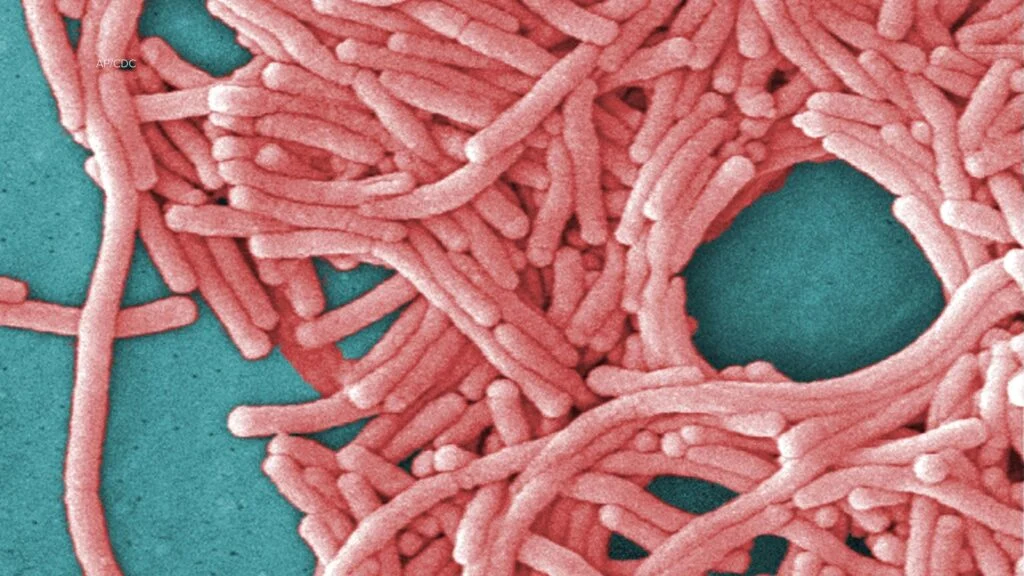


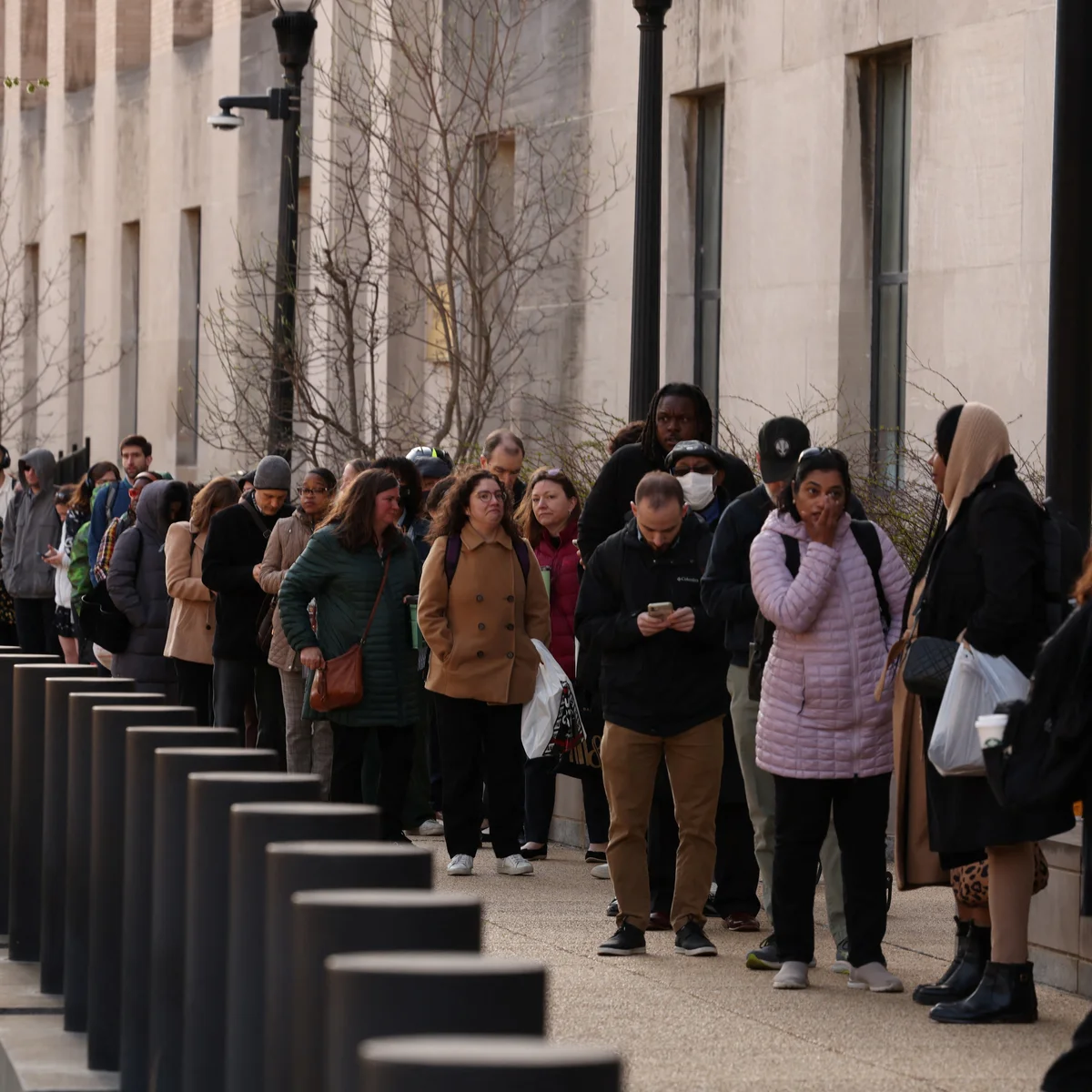

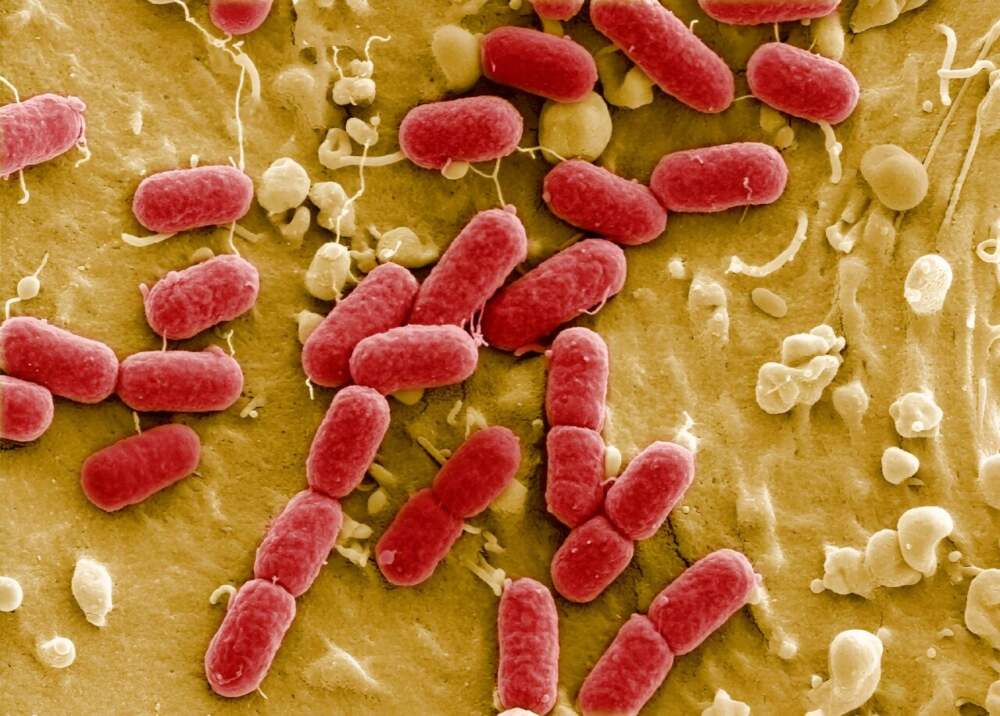
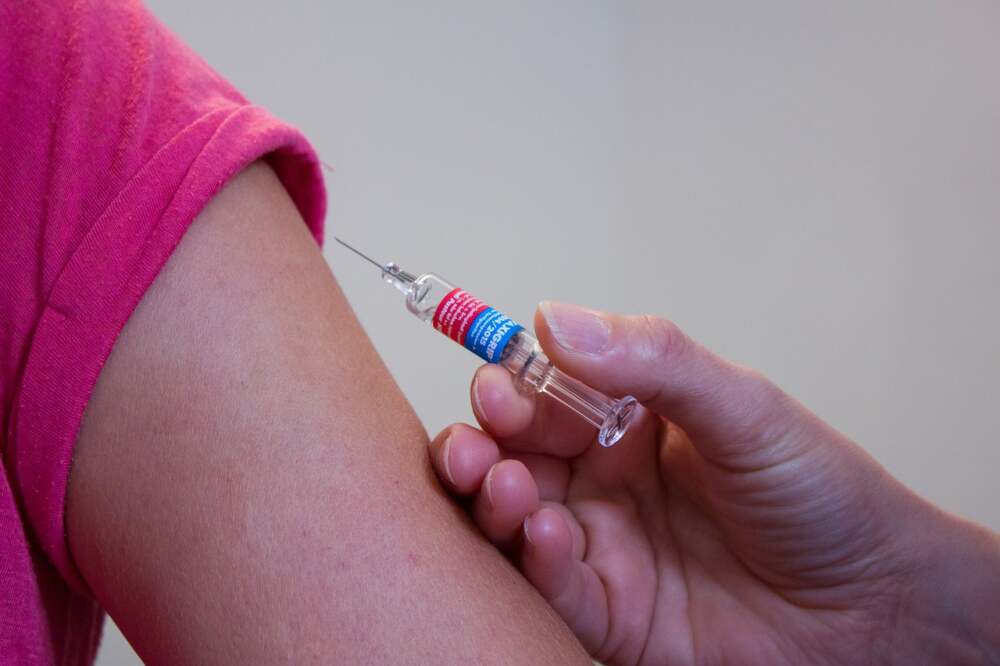

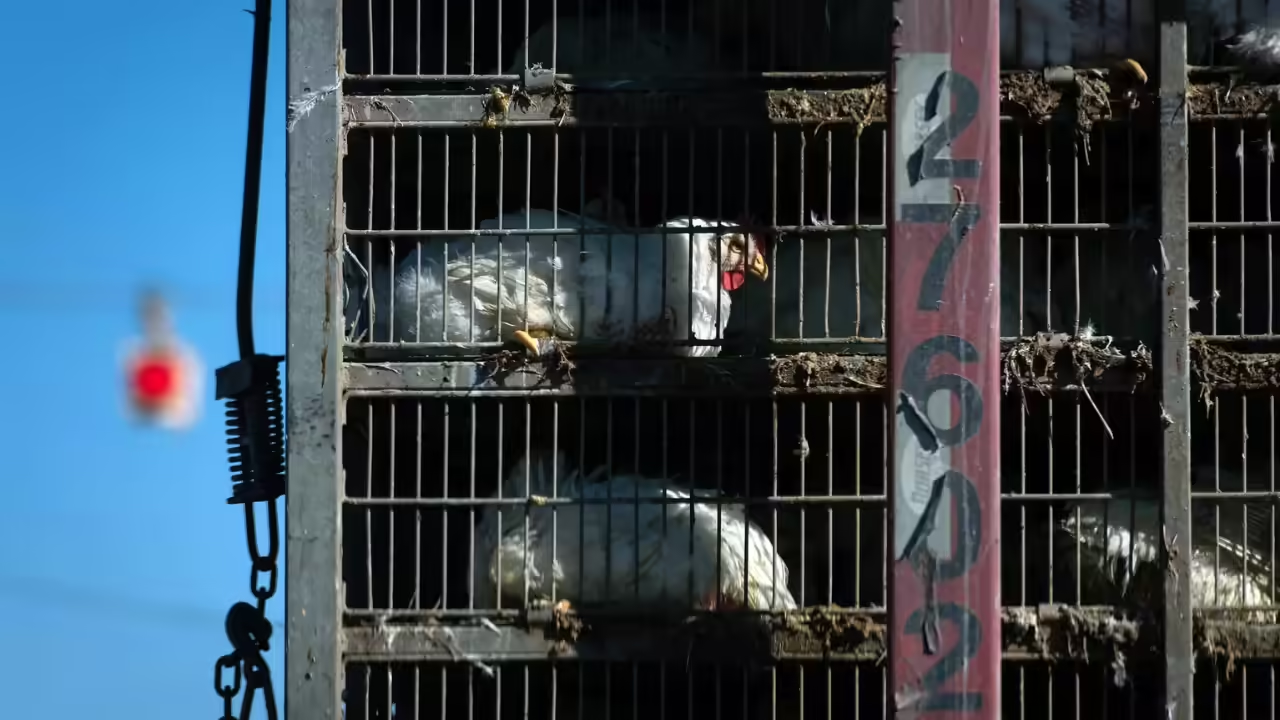






Leave a Reply